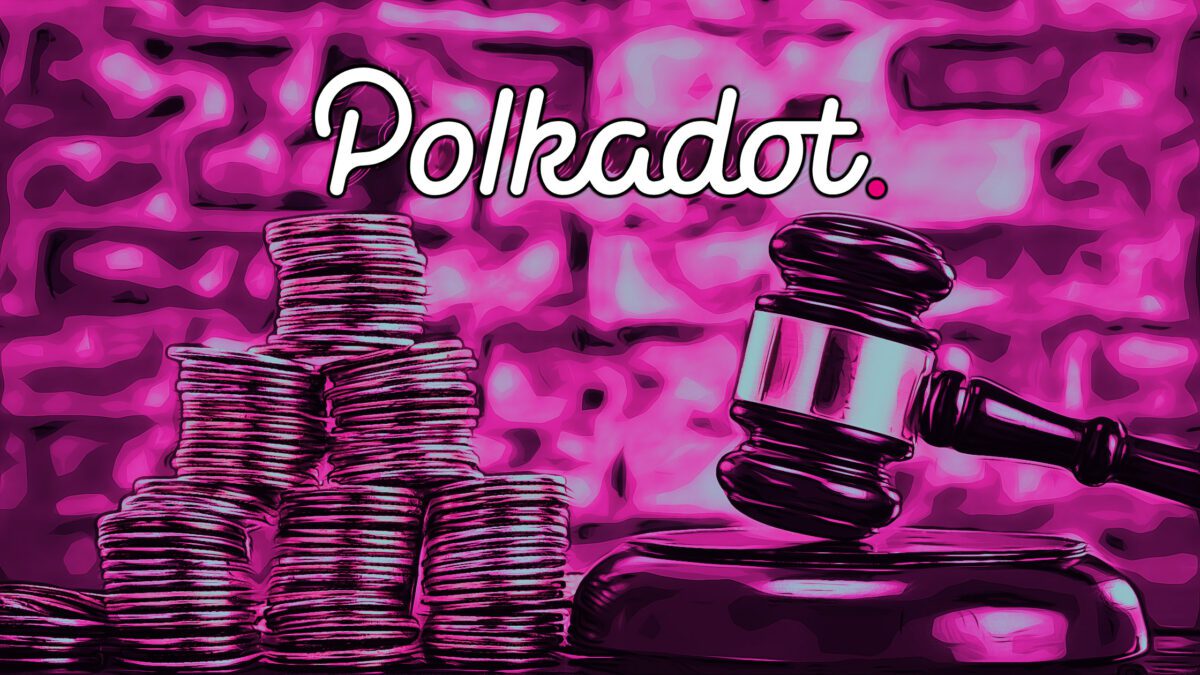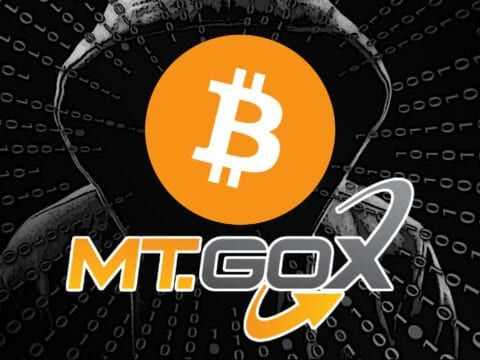
We can go on and on about interoperability, but Polkadot is one of the most promising crypto projects.
Less than a year after launch, Polkadot commands billions in market cap. Like most other top-tier blockchains, Polkadot is still a work in progress.
With ecosystem building and bridging to other blockchains gradually being tested and implemented, the announcement of the Parachain Slot auction during the Sub0 conference by Gavin Wood and Robert Habermeier on behalf of Parity Technologies is massive.
Motion 118—which schedules the first Parachain Slot auction—passed Council and is now on Public Referendum.
As a primer, Parachains are integral to Polkadot and are what would lead to massive scalability. Each Parachain operates independently with its consensus algorithm. However, they depend on the Relay Chain for security. They would be around 100 Parachains, and each slot would be auctioned in the same way Kusama’s was done.
The first Polkadot Parachain auction slot is set for November 11. It would officially mark the final piece of the puzzle to realize the multichain, heterogeneous vision of the project’s founders. All pre-requisites, primarily technical around code audit, have been met to give the Parachain Slot auction the go-ahead.
At the back of this news, Polkadot is up 20 percent versus the greenback.
A $430k Gas Fee Fat Finger Mistake
Meanwhile, there was another case of fat fingers in Ethereum when a user spent $430k in Gas fees for a failed transaction.
On-chain data shows that the user tried to deploy a Flashbot to participate in the competitive Strips token sale on the MISO launchpad—a newly launched launching pad on SushiSwap—a DEX, only for a mishap to happen and the transaction confirmed by a miner leading to a loss of $430k, paid for Gas without the user receiving Strips token.
This is not the first case of a user fat-fingering leading to huge Gas fees payment. Earlier, DeversiFi accidentally spent $23.7 million in Gas fees. However, they got lucky since the miner returned funds.





